Case Number : Case 2862 - 25 June 2021 Posted By: Dr. Richard Carr
Please read the clinical history and view the images by clicking on them before you proffer your diagnosis.
Submitted Date :
M65. Lower lid papilloma

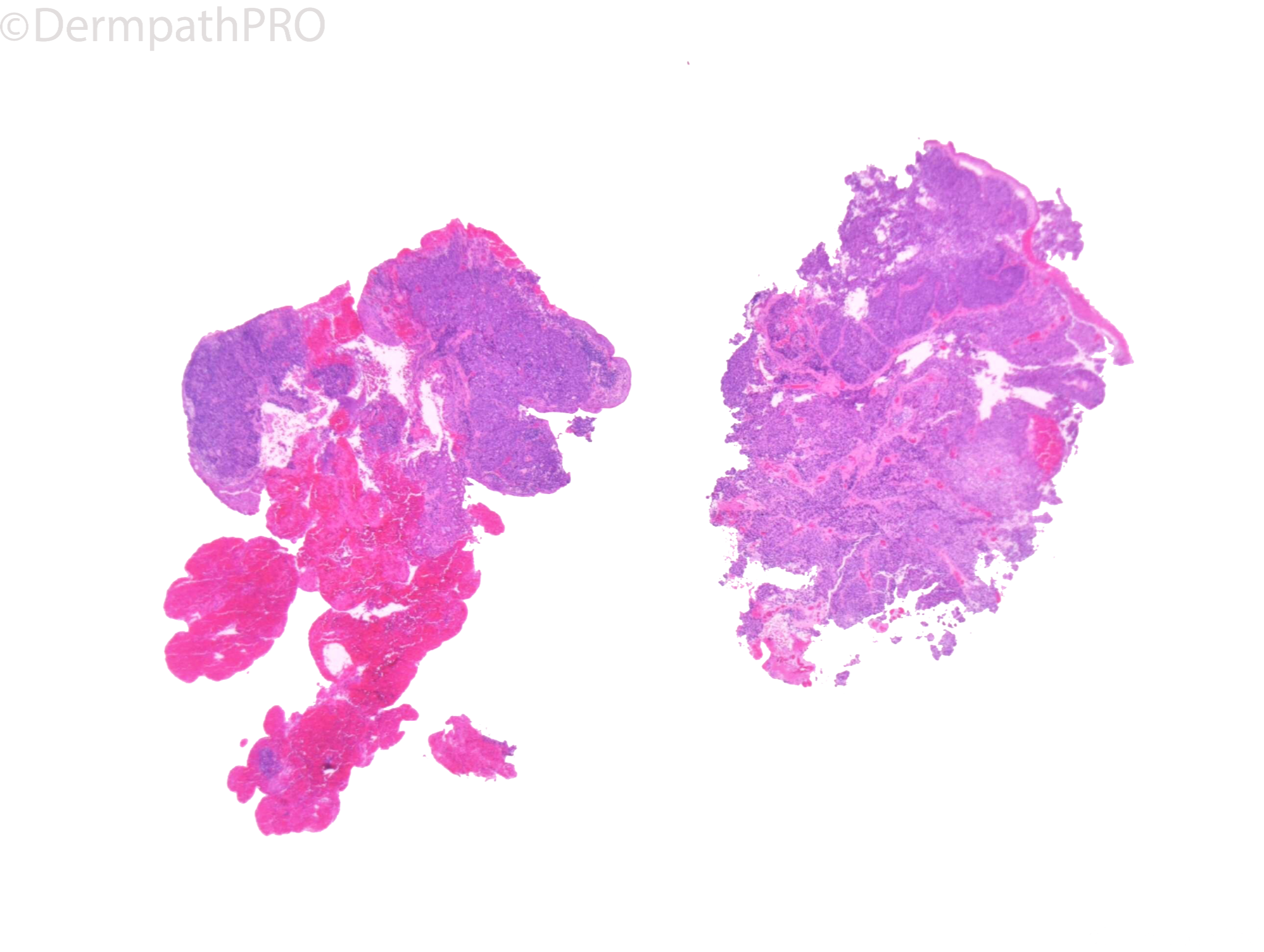
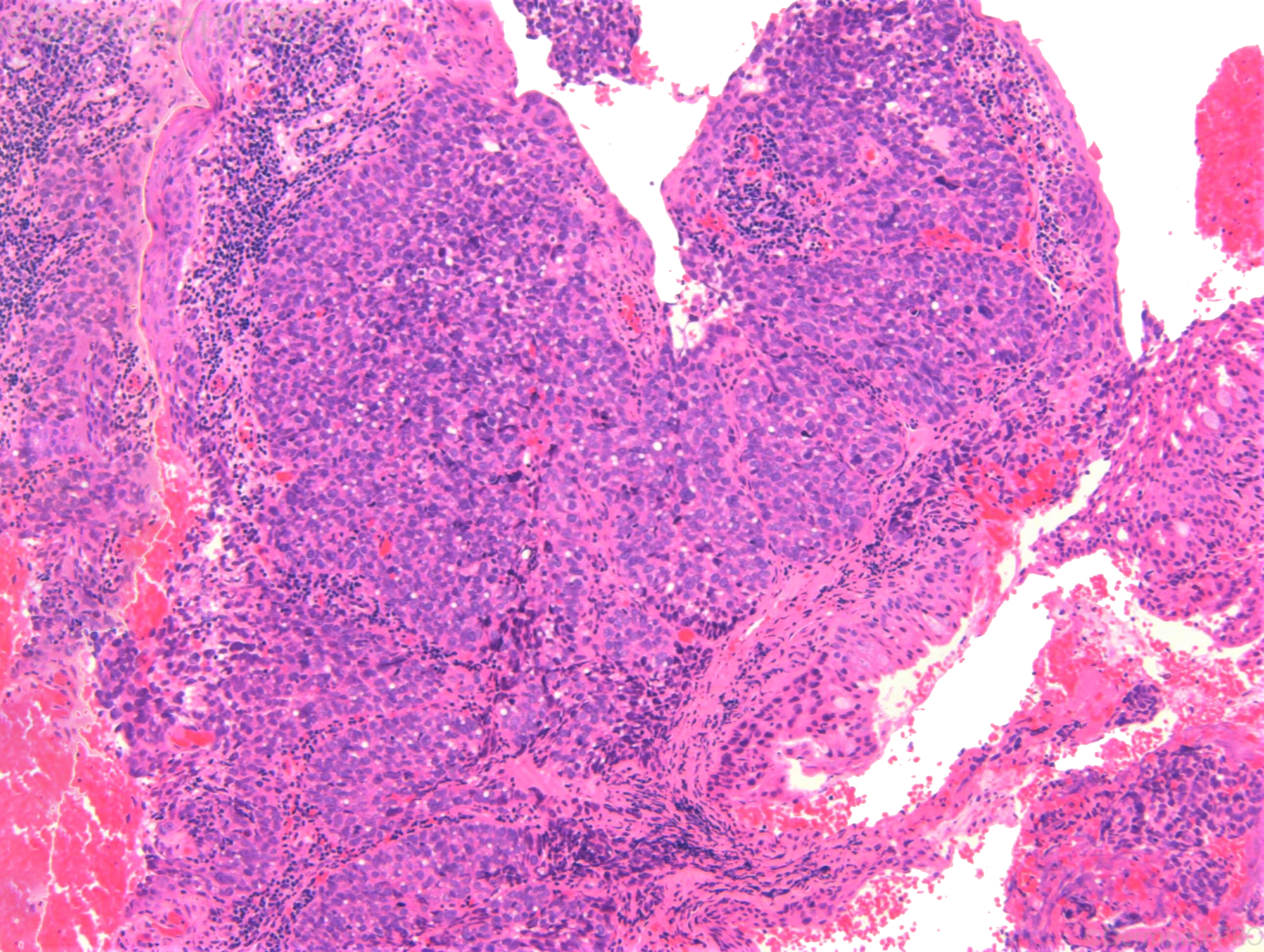
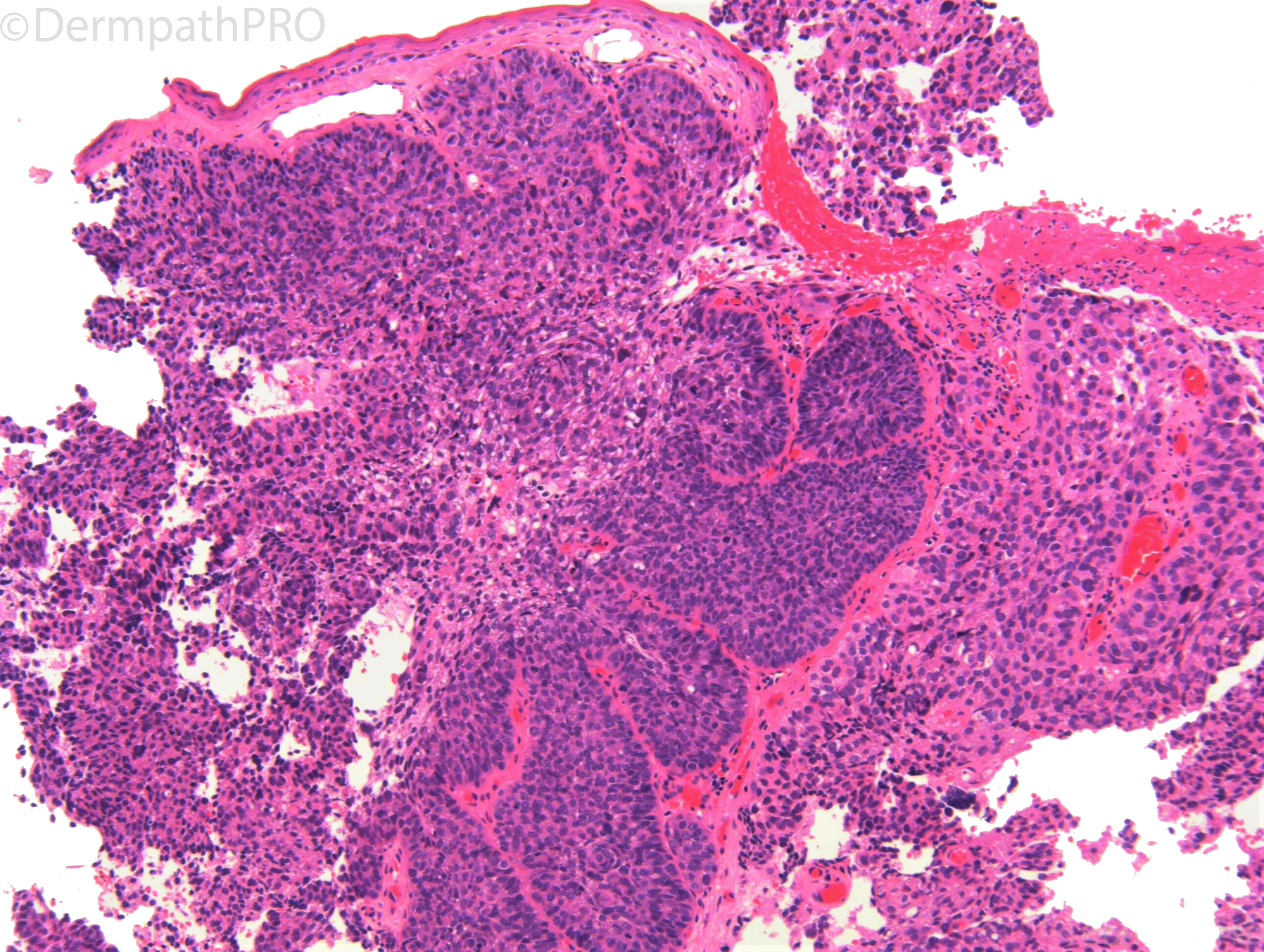
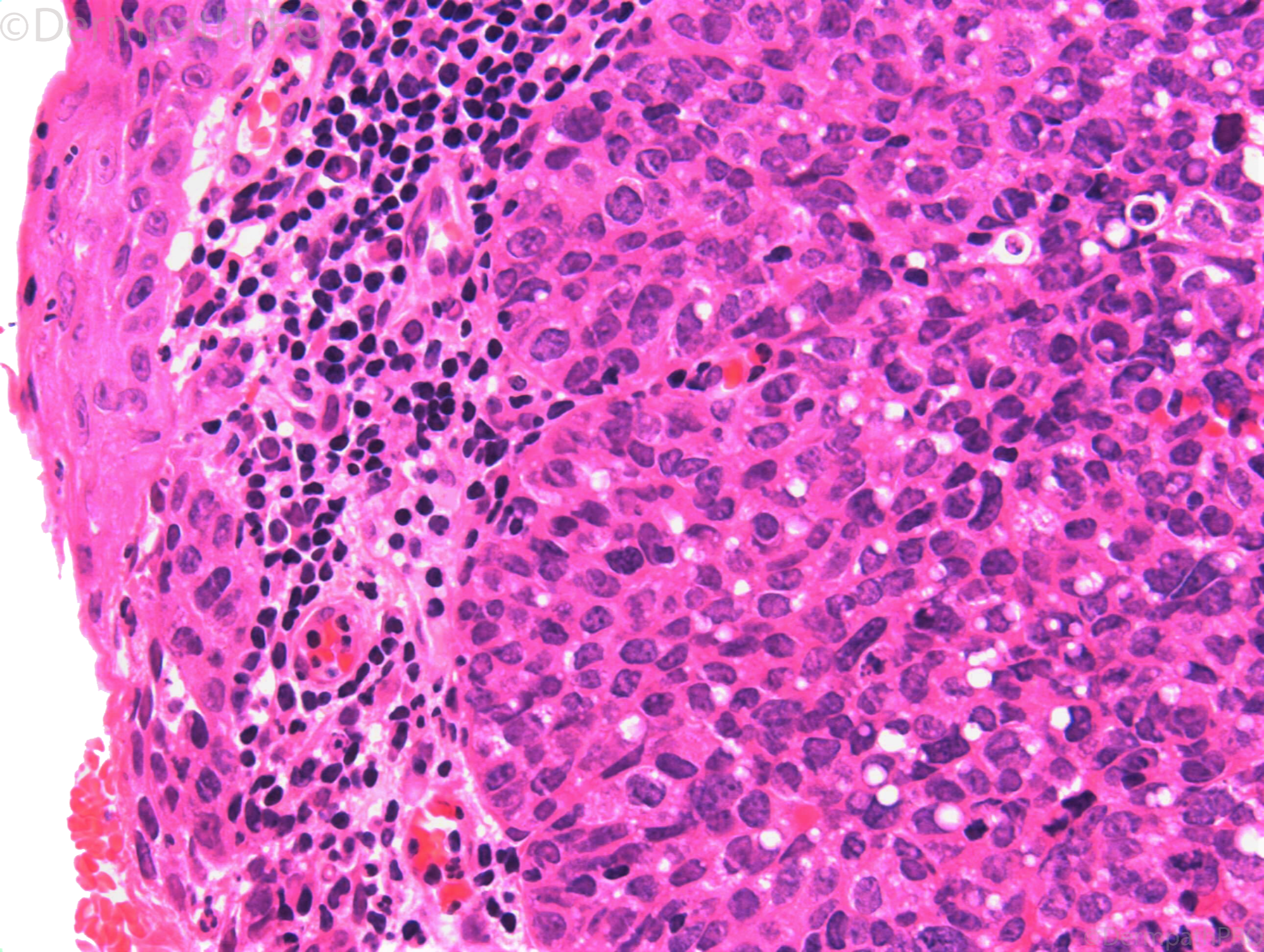
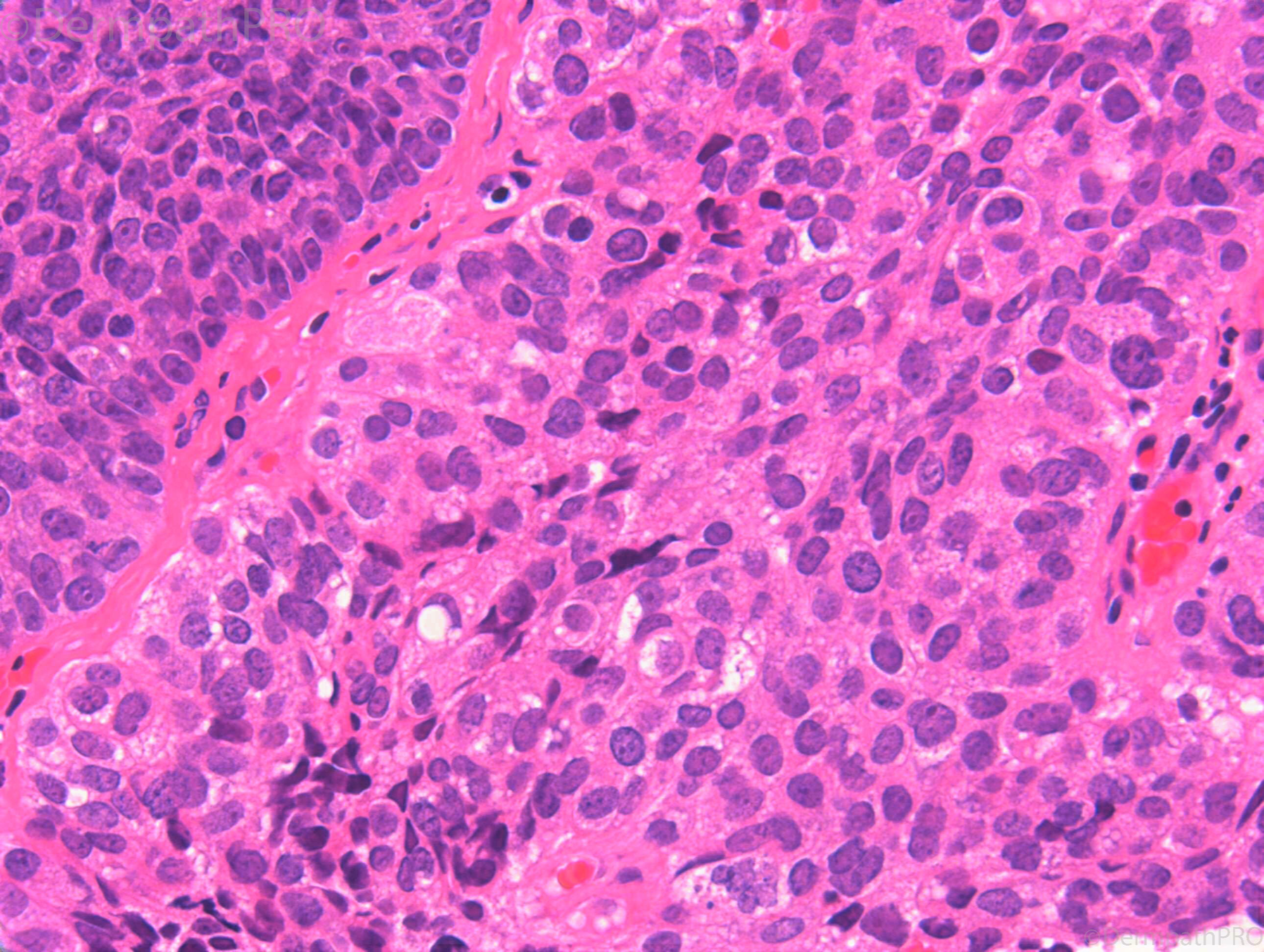
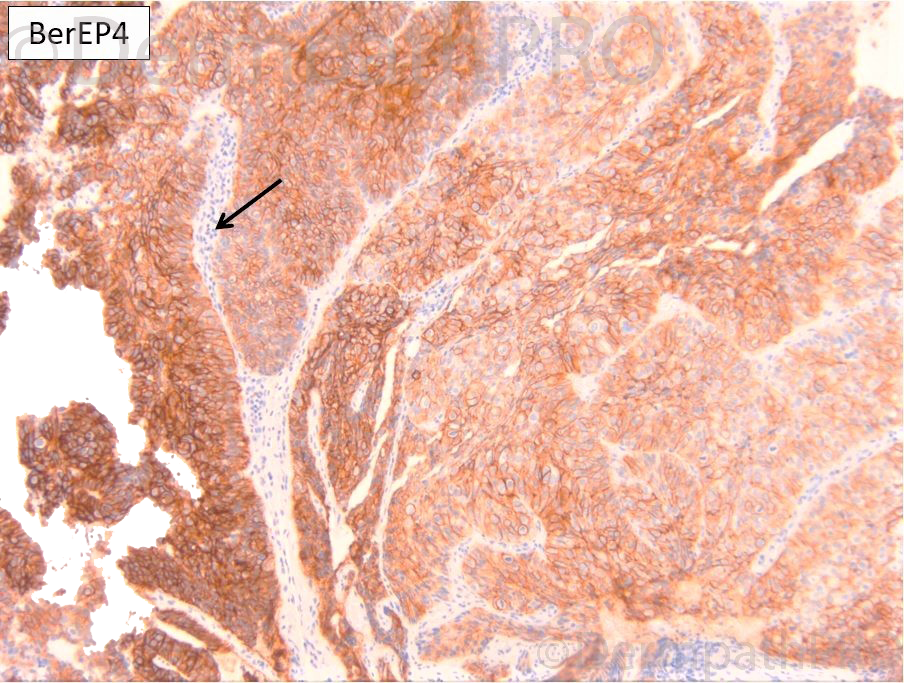
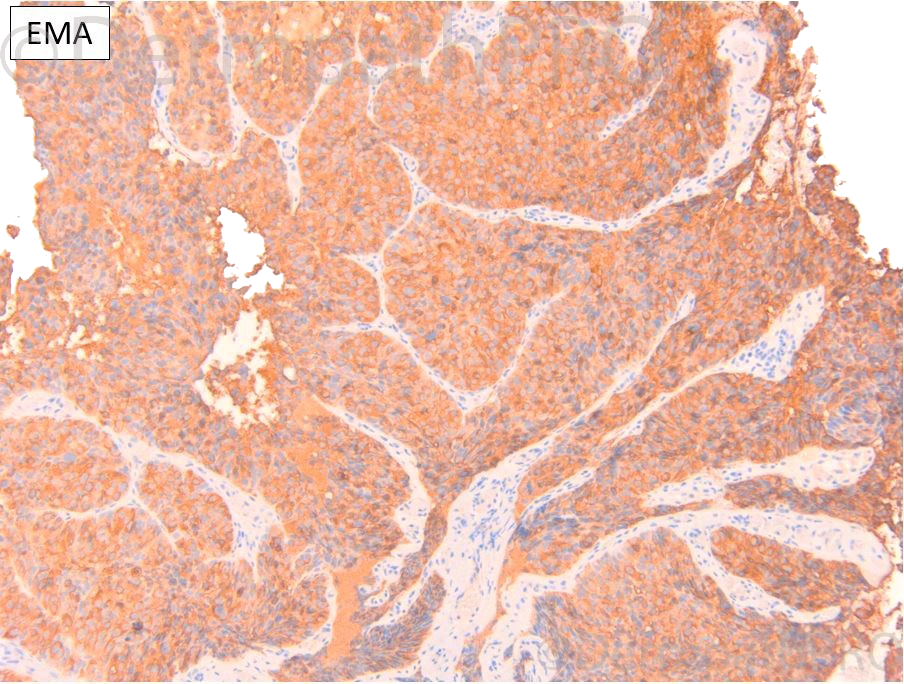
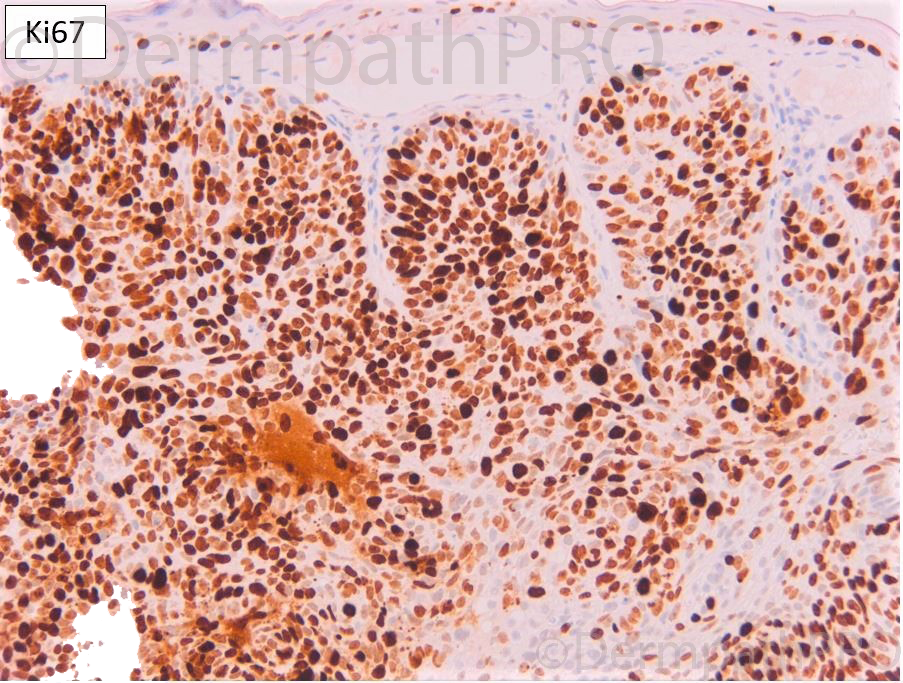
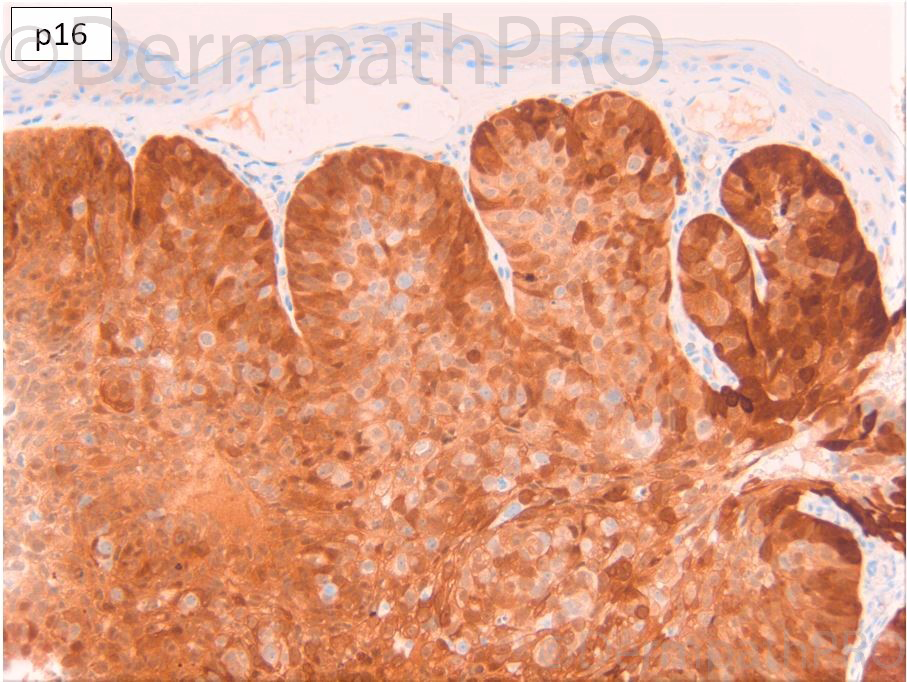

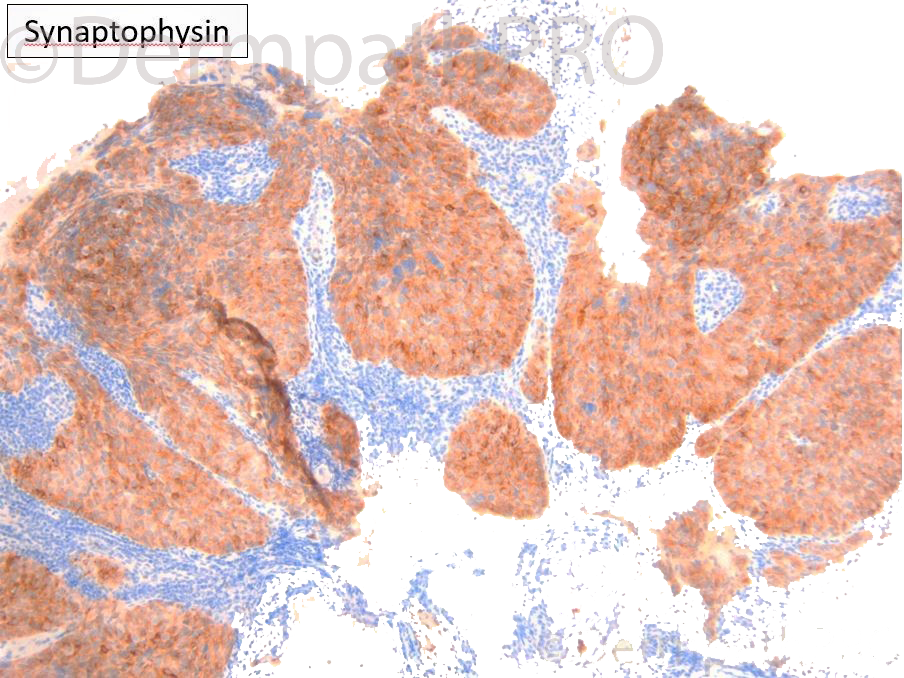
Join the conversation
You can post now and register later. If you have an account, sign in now to post with your account.